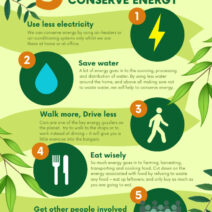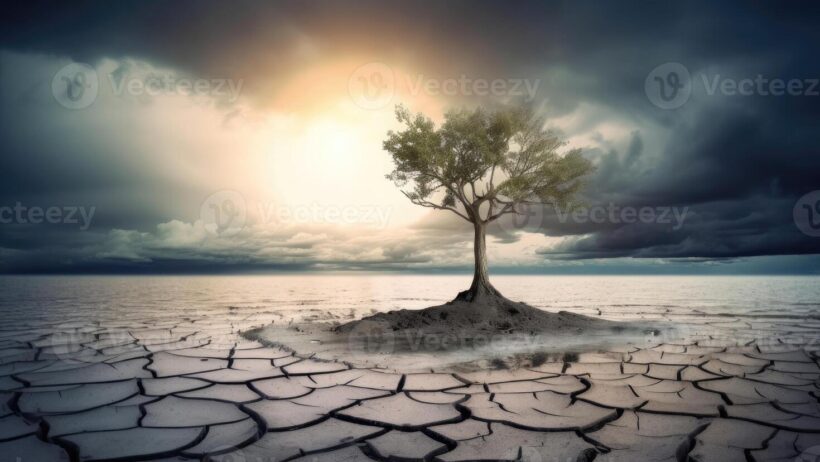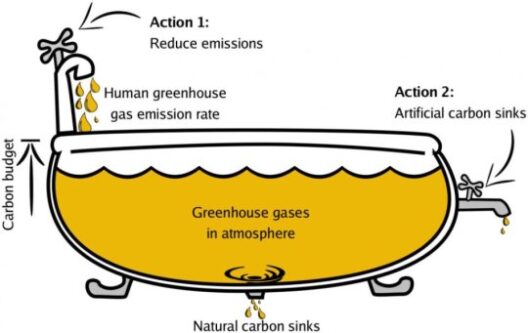In an era increasingly characterized by alarming reports of climate chaos, the prospect of a cooler climate emerges as a tantalizing enigma. What would it mean for our planet if climate trends shifted towards cooler temperatures? Would wildlife flourish, ecosystems rejuvenate, and human societies benefit? A comprehensive exploration of the implications of a cooler climate reveals not only the complexity of the interdependencies within nature but also the profound impact such changes could have on life as we know it.
The equilibrium of Earth’s climate system is delicate, shaped by a myriad of factors including greenhouse gas concentrations, solar irradiance, and oceanic currents. When discussing cooler climates, one must consider the historical context of Earth’s climatic shifts. The planet has experienced significant temperature fluctuations over geological timescales, transitioning through glacial and interglacial periods. These transitions profoundly affected biodiversity and human civilization. For instance, the last glacial maximum, approximately 20,000 years ago, reshaped landscapes, created new habitats, and pushed early human societies toward agricultural practices as they ventured out of survival modes dictated by harsh climates.
In contemplating a potential cooling trend, one must first examine the immediate implications for global ecosystems. Cooler temperatures could result in the expansion of polar and temperate zones, creating additional habitats for flora and fauna. Species that thrive in cooler environments would likely see their populations burgeon, fostering greater biodiversity. A shift in climate could, therefore, lead to the rewilding of certain areas, allowing ecosystems to recover from the pressures exerted by warming temperatures and human encroachment. This phenomenon, known as “tipping points,” indicates that ecosystems may rapidly shift from one stable state to another, enhancing the resilience of certain species while diminishing others.
It is crucial to understand that the benefits of a cooler climate do not translate uniformly across the globe. For instance, areas currently vulnerable to the devastating impacts of extreme heat may experience relief. Agriculture could see a renaissance in such climates, particularly for staple crops that flourish under cooler conditions. Land that had become too arid or inhospitable due to climate change could be reclaimed for sustainable food production, helping to mitigate food security challenges that grip many regions today.
However, the promise of a cooler climate is not without caveats and potential hazards. A shift in average temperatures could exacerbate other climatic phenomena, namely unpredictable weather patterns and increased variability in precipitation. Such fluctuations could lead to more severe winters in higher latitudes and unanticipated droughts in regions that traditionally enjoy moderate climates. The consequences of gearing our agricultural systems toward cooler conditions could lead to vulnerability if global climates unexpectedly oscillate, complicating the intricate balance of farming practices and food supplies.
The interplay between climate, biodiversity, and human society must not be overlooked. A cooler climate potentially poses a significant risk to regions that have evolved under consistent warmer conditions, sparking a critical discourse on adaptation strategies. As colder climates influence the migratory patterns of animal species and their consequent interactions with humans, there may be unforeseen conflicts over land and resources, particularly in agrarian societies. The rise of unpredictable wildlife interactions could threaten both crop yields and livestock, creating conditions ripe for social unrest.
The complexity of climate dynamics emphasizes the importance of sustainable approaches and innovative technologies that guide responses to climate shifts. The role of climate science becomes indispensable in foreseeing the possible outcomes of a cooler planet. This application of technology—forewarning societies of ecological changes—will aid communities in adjusting their practices in synchronous harmony with the evolving conditions. As a result, there lies a potential for fostering environmental stewardship, wherein the dual objectives of conserving biodiversity and bolstering human resilience converge.
A prospective cooler climate presents a unique opportunity for transformative action in both policy and practice. Awareness campaigns urging reductions in greenhouse gas emissions stabilize the existing climate while minimizing the detrimental impacts of potential cooling. Conducting global dialogues to develop equitable sharing of resources can fortify societies against food insecurity and climate-induced displacement. Furthermore, fostering stronger connections between urban and rural areas will enable holistic responses that elevate community resilience towards inevitable changes.
Promisingly, the realization of a cooler climate invokes a much-needed shift in perspective. It invites humanity to pivot away from reactions dictated by panic and fear towards a more strategic and thoughtful approach to cohabitating with our environment. This metamorphosis acknowledges climate change as a multifaceted challenge, fraught with uncertainty but also brimming with potential for innovation, adaptation, and collaboration.
In conclusion, a cooler climate offers both opportunities and challenges. The delicate balance of ecosystems, food security paradigms, and societal resilience hinges upon our choices today. By embracing the complexities of a shifting climate, humanity stands at the precipice of a new era—one where proactive engagement, strengthened partnerships, and scientific ingenuity pave the way for thriving under a cooler sky. It invites a conversation that transcends borders and divisions, capturing the collective imagination towards a harmonious and sustainable future. The journey ahead may be riddled with uncertainty, yet armed with knowledge and collaboration, humanity can navigate its path to a more resilient planet.








